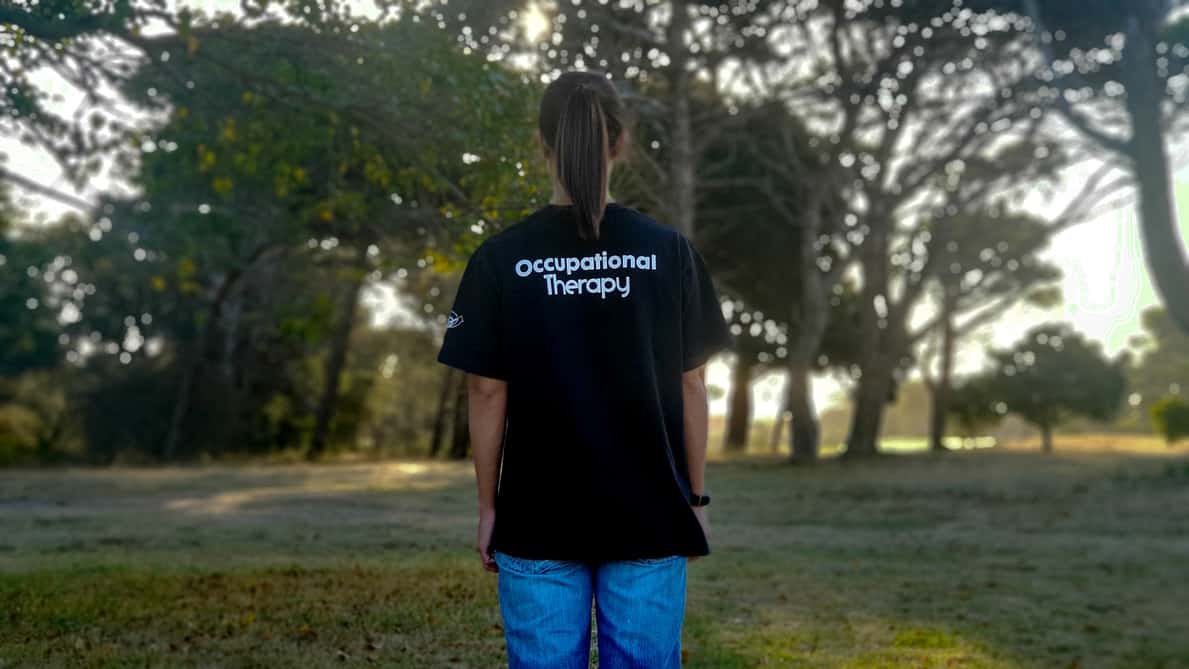
Occupational or Physical Therapist: Isn’t the End Result the Same?
Families with children that require extra support will often question what the differences between occupational and physical therapy are. The differences may only be subtle, especially as both types of therapy set out to achieve similar goals, but here’s a brief overview.
Occupational Therapy
Occupational therapy, or OT, is a type of therapy that helps children and adults acquire or regain the skills needed to perform every day activities. It helps people of all ages who have physical, sensory, or cognitive problems to regain independence in all areas of their lives.
Occupational therapists help address things like:
- Attention span and arousal levels
- Sensory and processing skills
- Activities of daily living/Self-help skills:
- Such as brushing teeth
- Dressing and toilet training
- Visual perception
- Handwriting
- Assistive technology.
Physical Therapy
Physical therapy, or PT, is a specialty that includes an evaluation, an assessment and the treatment of individuals with limitations to their functions and mobility. Physical therapists can assess your condition and with a variety of treatment options and techniques help you move better and feel better. Often physical therapy is provided for kids and teens who have been injured or who have movement problems from an illness, disease or a disability.
Physical therapy might be needed any time a problem with movement limits someone’s daily activities. So, doctors often recommend PT for kids with:
- Developmental delays
- Cerebral palsy
- Genetic disorders
- Orthopaedic disabilities/injuries
- Birth defects (such as spina bifida).
How Do Physical Therapy and Occupational Therapy Differ?
Physical therapy and occupational therapy both help improve kids’ quality of life, but there are differences. Physical therapy helps with:
- Pain
- Strength
- Joint range of motion
- Endurance
- Gross motor skills (large-muscle movements made with the arms, legs, feet, or entire body)
Occupational therapy helps with:
- Fine motor skills (small-muscle movements made with the hands, fingers, and toes, such as grasping)
- Visual-perceptual skills
- Cognitive (thinking) skills
- Sensory-processing problems.
Both have their places as methods to support children with and without special needs. Often a team of specialists will work together with parents, educators and other therapists to reach a common goal for a child or teenager.
This is where our care professionals can add a lot of value. They can be the missing link between the team of therapists and the parents, providing the expertise and skills to continue working with the child at home to achieve their goals.
